Petrel exploration geology
Analyze petroleum systems from basin to prospect scale.
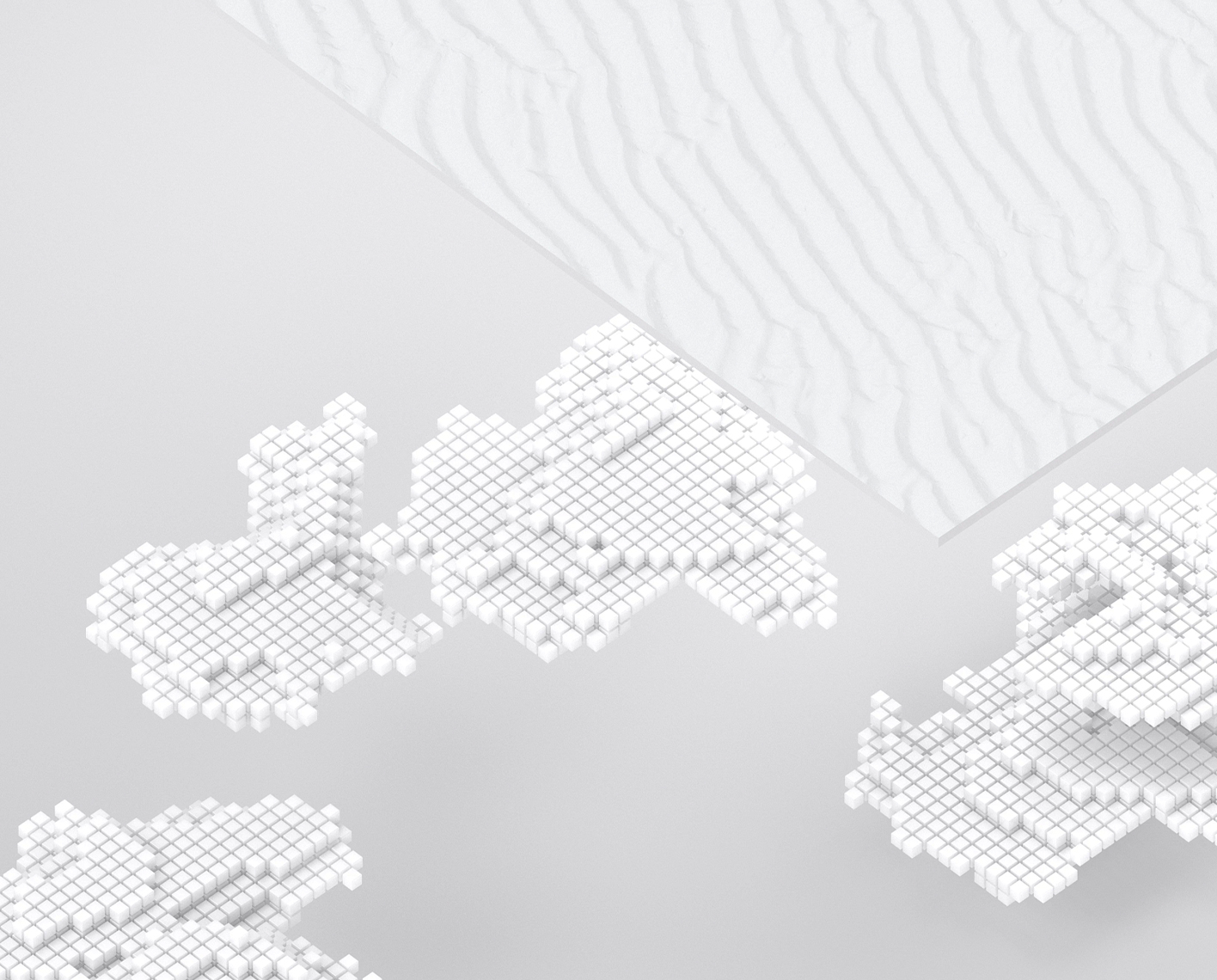
Petromod basin modeling software determines whether oil and gas have been generated, where and how much, when migration occurred, and whether it filled the trap. The software models the burial of source rocks through geological time, from their deposition at the surface until they reach sufficient depth to generate first oil and, eventually, gas as they descend deeper into the Earth. Various components of oil and gas are tracked as they are expelled from the source and migrate upward to fill traps, until either the buoyancy forces break through the seal or the trap “fills and spills” so that oil and gas migrate to other traps. Petromod software predicts the location of oil and gas accumulations, as well as important properties such as the API gravity of oil, gas/oil ratio, and viscosity.
Petromod software’s 1D, 2D, and 3D viewers provide access to over 100 overlays to enable in-depth analyses of simulation results. Additional tools, such as PetroFlash and PetroReport, provide data for analyses of migration, accumulation, and loss of oil and gas. With the Petromod software 3D viewer it is possible to simultaneously visualize 2D and 3D models within a modern, object-oriented analysis tool with countless options to combine the model’s geometry with simulation results.
Overlays include the following:
Petrel™ subsurface software provides direct access to Petromod software’s 1D, 2D, and 3D simulation results. Simulation results are available in the Petrel platform results pane when the user is connected to a Petromod software project.
Results viewing in the Petrel platform include:

NExT training courses address the unique need of each learner, our courses, delivered by world-class experts, teach learners how to deal with real-life scenarios and solve genuine problems.
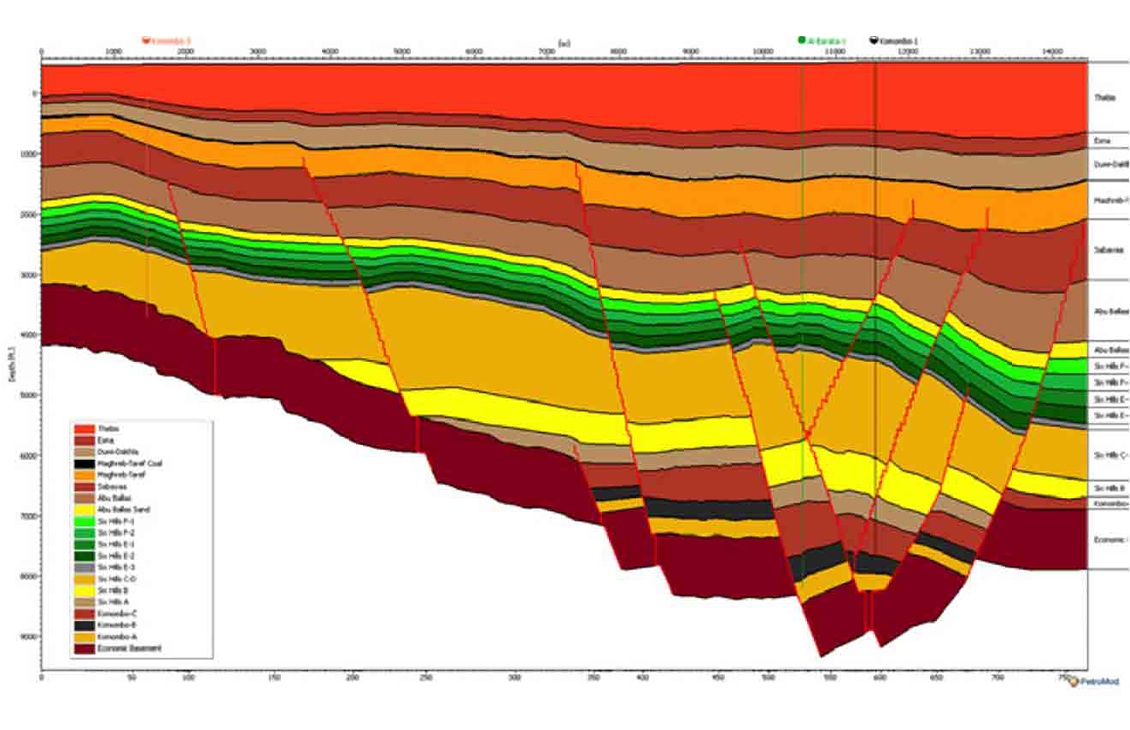
Analyze simulation results and hydrocarbon accumulations through geological time.
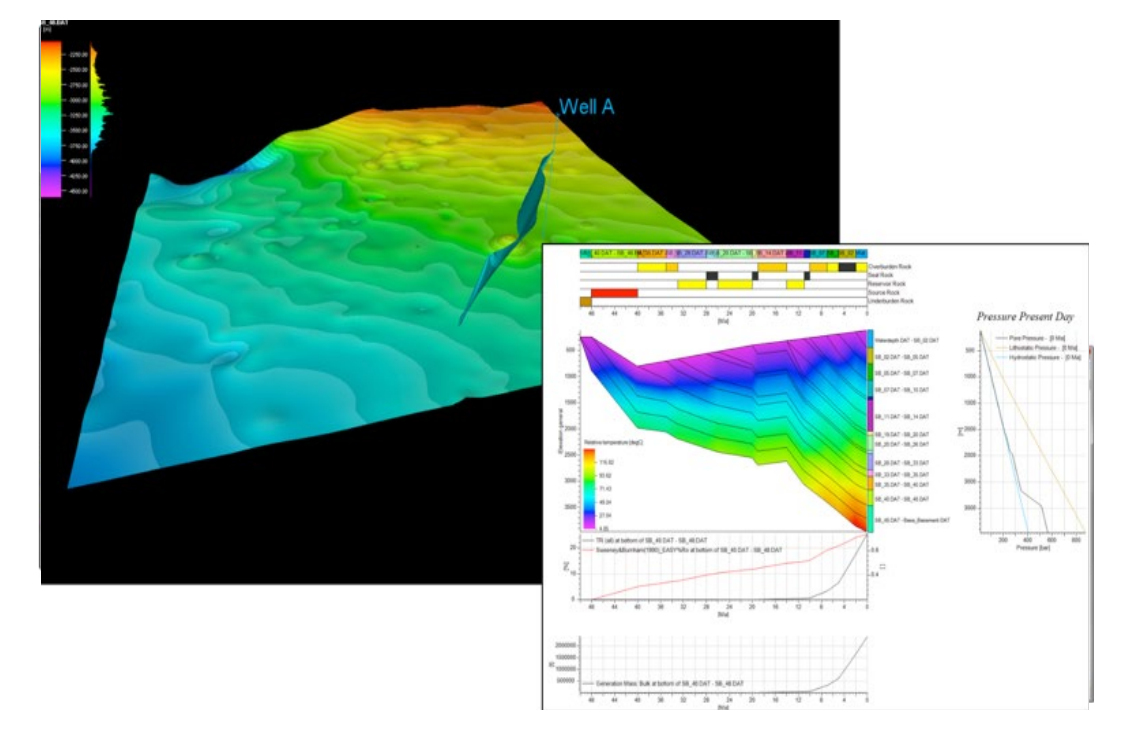
Analyze simulation results and hydrocarbon accumulations through geological time.
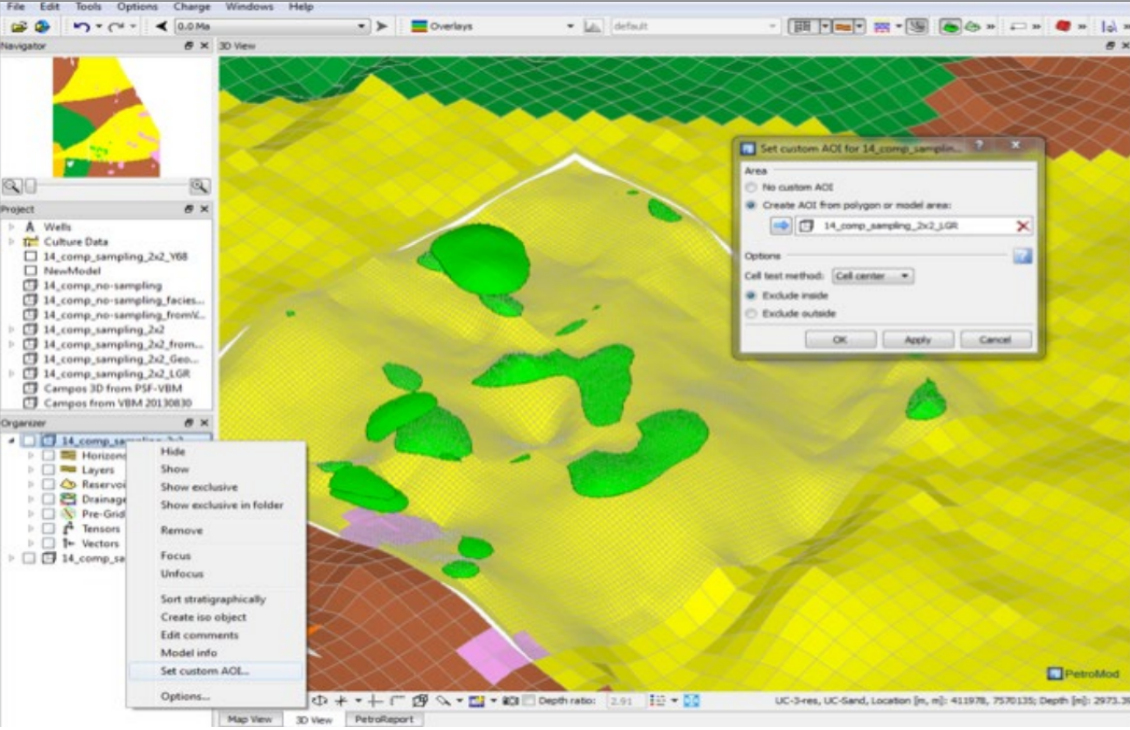
Basin-scale geomechanics and pore pressure prediction.
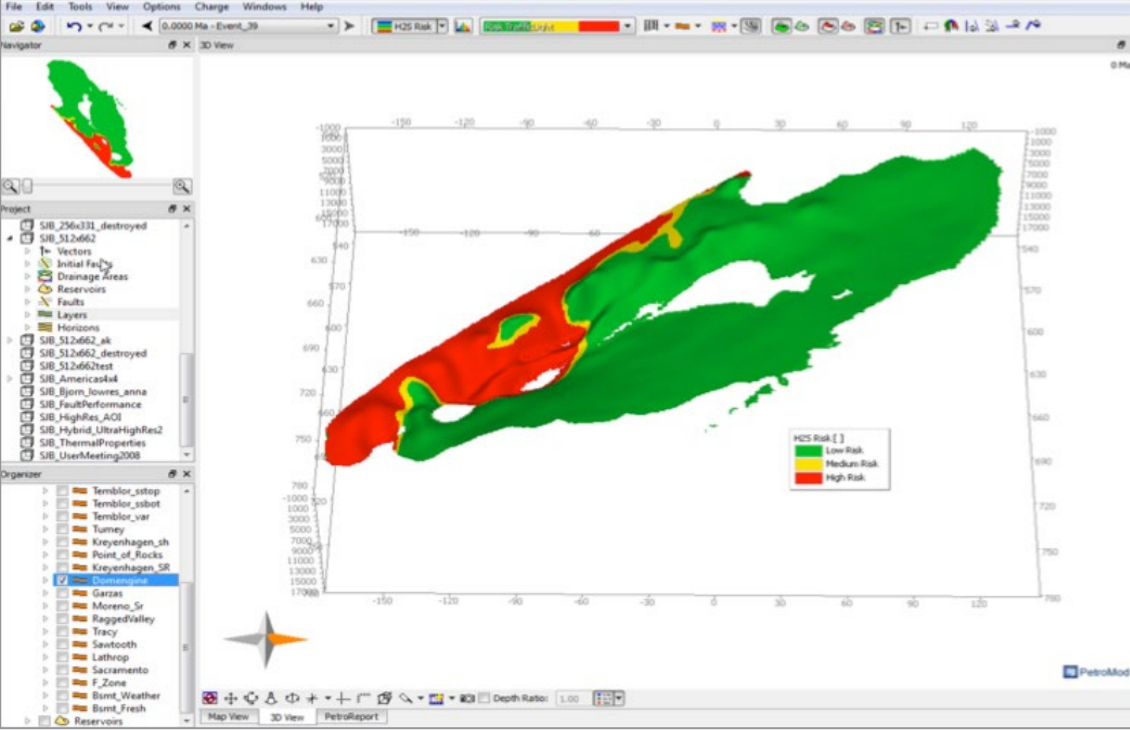
Evaluate the impact of uncertainties with Petrorisk or calibrate models with the heatflow calibration tool.
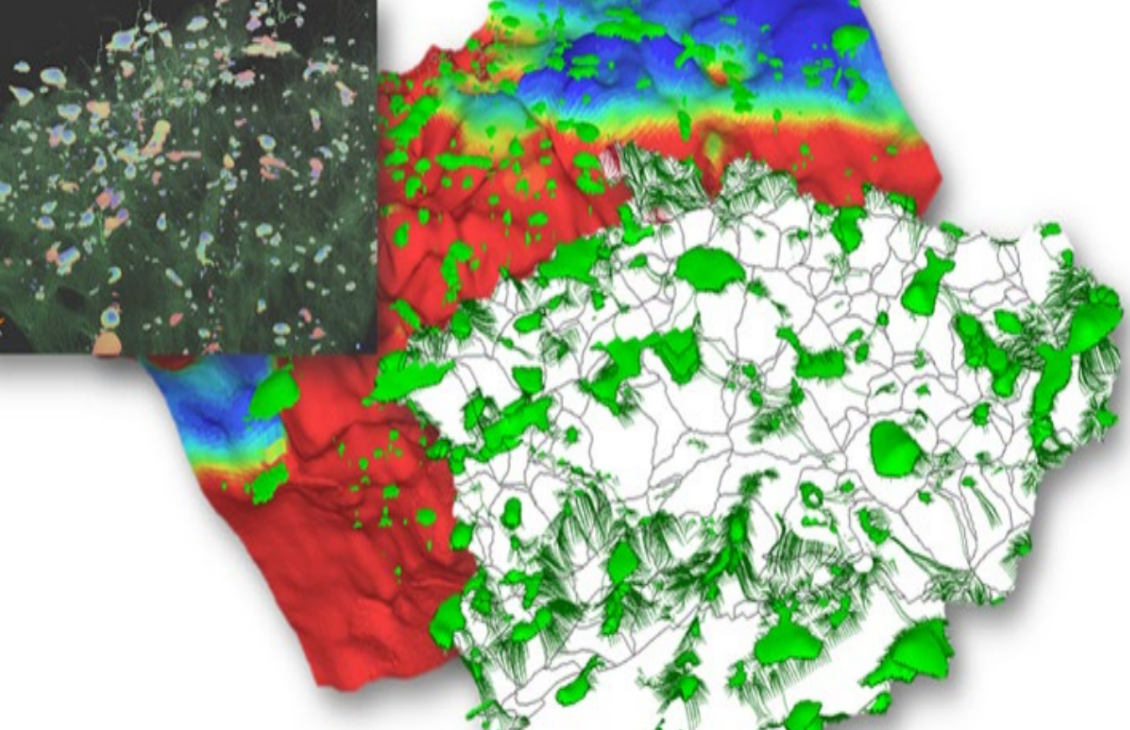
Calculate user-defined output functions beyond the default simulator output.
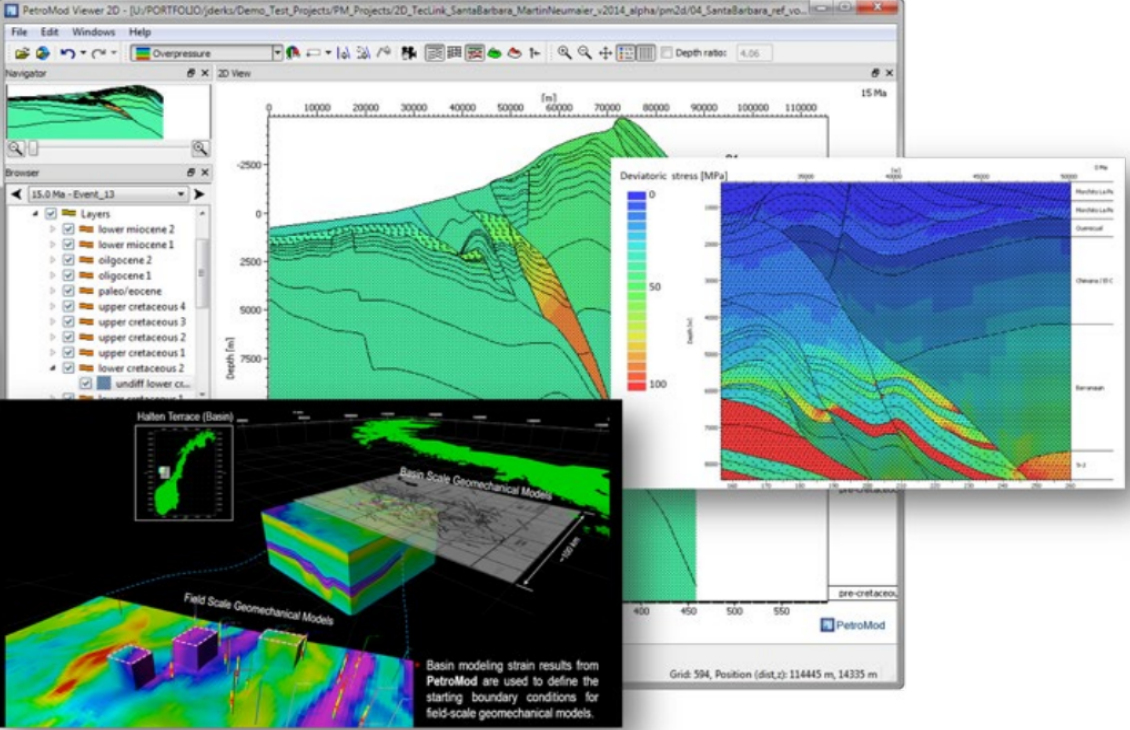
1D, 2D, and 3D models capturing geological processes through time.
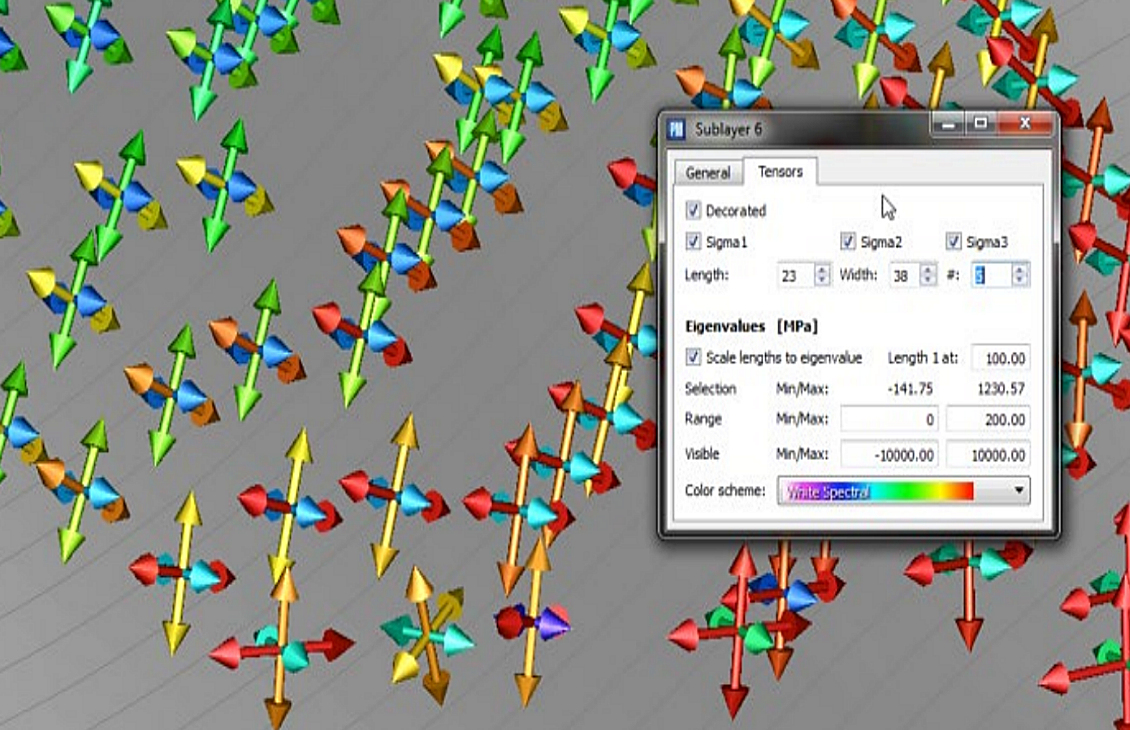
Capabilities of the engine for Petromod software.